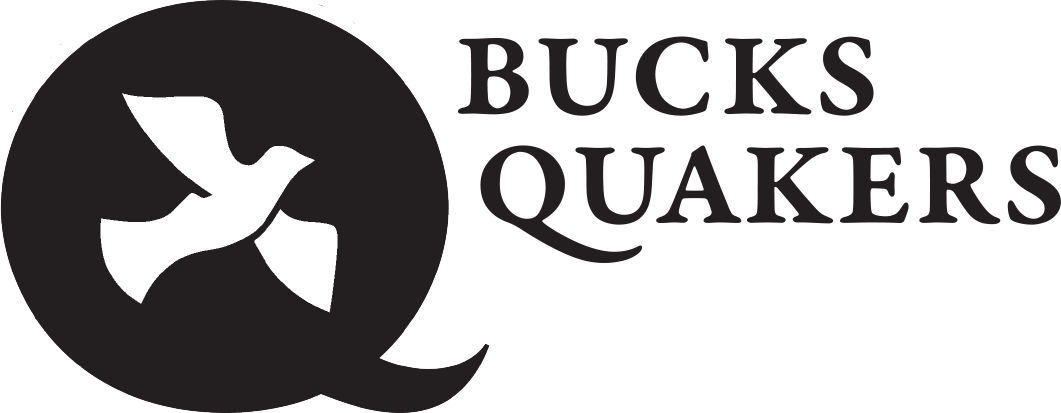Standing for Equality and Justice in Southampton: An Update
On May 25, 2020, police officer Derek Chauvin kneeled on George Floyd’s neck for 8 minutes and 46 seconds causing George’s death. The country responded with outrage and protests. On Sunday, June 7th, Southampton Friends held their first Vigil for Social Justice and Equality. They haven’t missed a Sunday since.
When asked about the origins of the vigil, Southampton Friends member John Magee replied, “The vigil came about following the death of George Floyd and the raising of consciousness of racial justice that came about after. The vigil was really just a part of that upswell in the consciousness of the country.”
He went on to explain that they first started out by partnering with Newtown Friends Meeting, whose Peace and Social Justice Committee began holding a bi-weekly silent vigil in Newtown in support of Black Lives Matter. The Newtown Quakers were getting as many as 75 people lining both sides of State Street. Southampton Meeting, which is located at the corner of Gravel Hill and Street Roads, was getting up to 30-35 people every Sunday. And several of them were not Quaker.
There was support from the community from the beginning. In the heat of the summer, passersby would bring them cookies and water. One person spontaneously donated $100 explaining that they drove by every week and felt that the Friends were doing good work and wanted to show their support. Many honked their support as they drove by; a minority shouted their dissent.
Now into their third year, the group has decreased in size, with about six to ten regulars that continue to gather every Sunday at 3:00 pm (4:00 pm in the summer).
So, what has kept them going for two and a half years?
“It seems to me that the vigil is more accepted by the township community than it was; we are getting less harassment,” stated Jim Michener, a member of the meeting.
John agreed with Jim, noting that “the sign has not been taken down and broken in half for at least eight months.” Carolyn Michener explained that the signs had been vandalized several times at the start of the vigil. That prompted them to reach out to the Bucks County Courier Times who sent out a reporter to investigate and report on the vigil. They published a favorable article about it; afterwards it seemed to calm the situation down.
People driving by on Street Road still have reactions to the vigil. “We get a lot of positive honks, and we still get people hanging out their window telling us that all lives matter,” John noted.
Does the meeting see the vigil continuing for the foreseeable future? “I don’t see it ending until we figure out something better to do,” said John. “I know it’s not really changing minds and hearts – it’s a witness – and I think there are actions we could take, but I don’t know what they are right now.”
“I still think witness is a valuable thing; it is something. It may not feel like a whole lot, but it is being there,” added Carolyn.
One of the next steps the meeting is taking is continuing to educate themselves about systemic racism. In November, they began a discussion series on the Pendle Hill pamphlet Race, Systemic Violence, and Retrospective Justice, by Harold D. Weaver Jr.
The pamphlet came to Carolyn’s attention through her work with the Anti-Racism collaborative of Philadelphia Yearly Meeting. Carolyn explained that they chose a pamphlet rather than a book, because it is a nice little bite; manageable in size, but meaty enough to provide a basis for discussion. Discussions will continue the second Sunday of every month.
John noted that they have recently attempted to broaden the focus of the vigil to include class and gender oppression, saying “I think that in general the vigil has gone that way. It started with a focus on racial justice, but I think that the people that come to it and the way we think about it has more to do with oppression in general as opposed to racism specifically.”
When asked if they think any action will come out of their long-standing vigil, Jim replied, “It’s inevitable it will affect us, and how it affects us remains to be seen.”
Thanks to Carolyn Peters Michener, John Magee, and Jim Michener for allowing me to interview them for this article.

